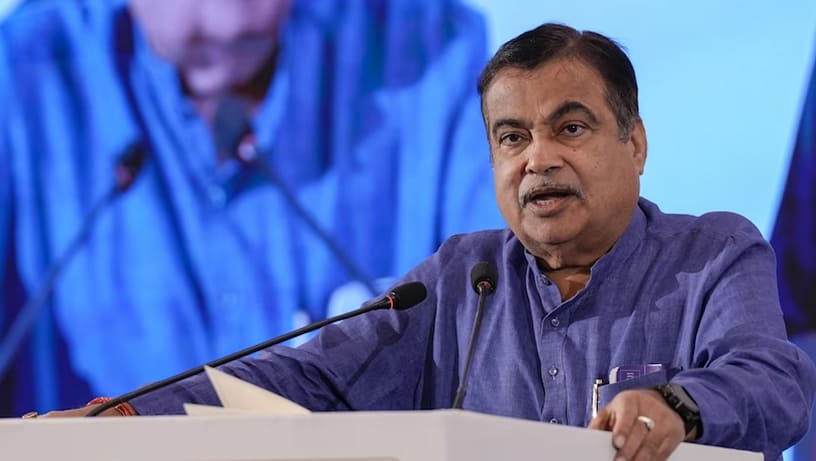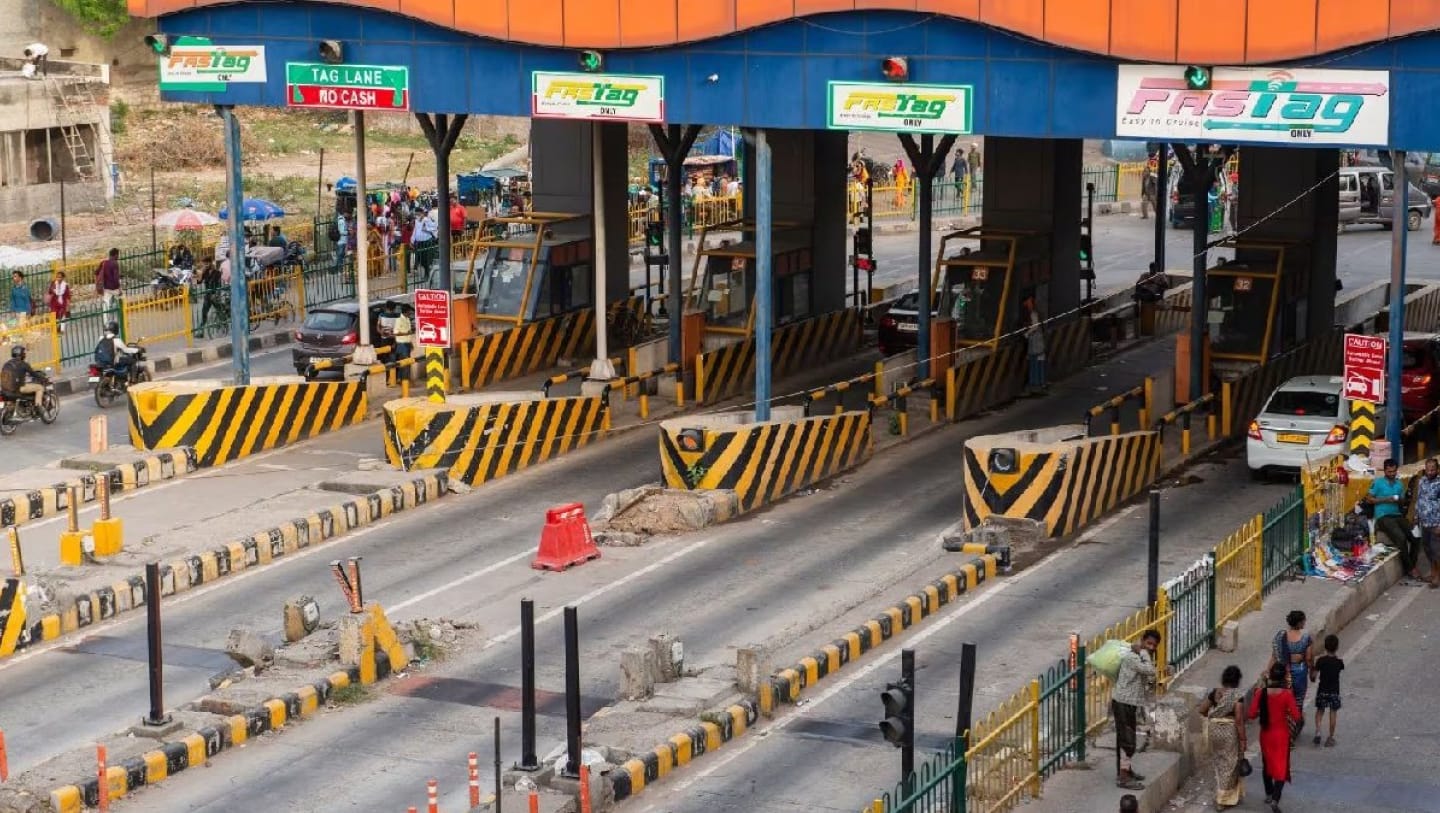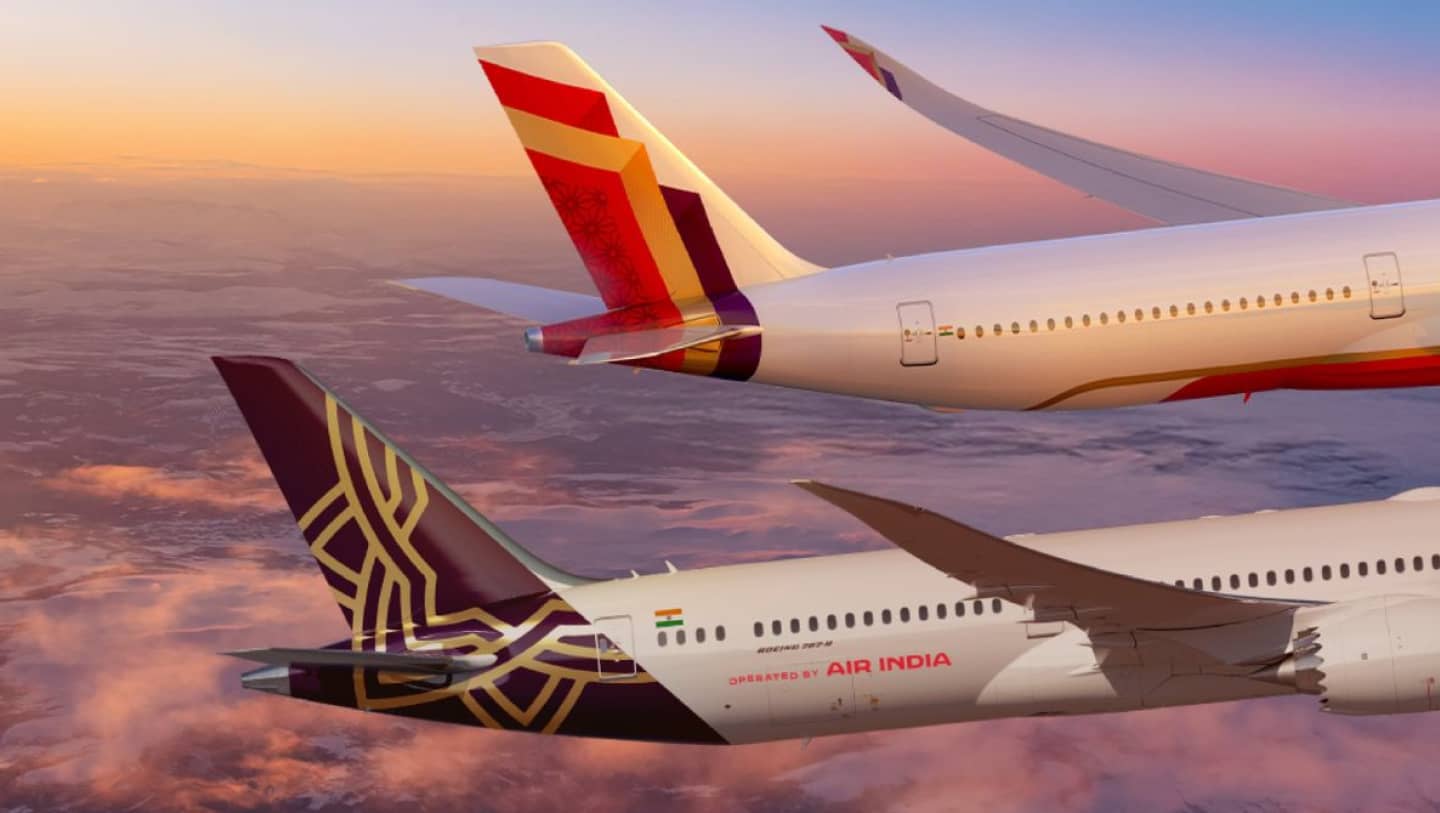The Indian government has announced new rules that will change the way drivers pay tolls on national highways. Under the updated system, which uses the Global Navigation Satellite System (GNSS) for tracking, users of mechanical vehicles – except those with a national permit – will be able to travel up to 20 kilometers without being charged any fees.
The new regulations state that drivers, owners or persons in charge of vehicles will now be charged a zero user fee for driving up to 20 kilometers in either direction on toll roads, including state highways, permanent bridges, bypasses and tunnels. For driving over this limit, motorists will be charged based on the actual distance driven.

Other changes in the rules now include provisions for the use of various technologies, including on-board Global Navigation Satellite System (GNSS) units, Automatic Number Plate Recognition (ANPR) devices and FASTag systems. The updated regulations state that user fees may be collected through these technological means or a combination thereof.
GNSS equipment is described as non-portable and fixed technology in vehicles that connects to GNSS for the purpose of collecting user fees.
To further streamline the toll collection process, the rules specify that a dedicated lane may be reserved for vehicles equipped with GNSS on-board units. Vehicles entering this lane without a functional device will have to pay a fee equal to double the standard user fee applicable at that toll booth.
Also Read
- Apple introduces iPhone 16 series, AirPods and Watch Series 10
- World Bank raises India’s GDP growth forecast to 7% for FY25
GNSS vs FASTag
Unlike the existing FASTag system, which relies on physical toll booths to track and charge vehicles, GNSS technology introduces virtual toll booths along roads and highways. These virtual booths monitor vehicle distance and location exclusively for GNSS-enabled vehicles and capture basic vehicle information such as type, registration number and bank account details.
Importantly, the GNSS system will work with the existing FASTag system, facilitating a smooth transition for commuters from FASTags to GNSS technology. Even though FASTag has improved the speed of toll collection, rush hour traffic still leads to queues, a problem that GNSS aims to overcome by ensuring a smooth and barrier-free commute.
Dedicated GNSS lanes will be established at toll plazas to allow GNSS-based ETC-equipped vehicles to pass without interruption. With the increasing adoption of GNSS-based ETCs, all lanes are expected to gradually transition to GNSS-enabled lanes, ushering in a new era of toll collection efficiency and convenience.




